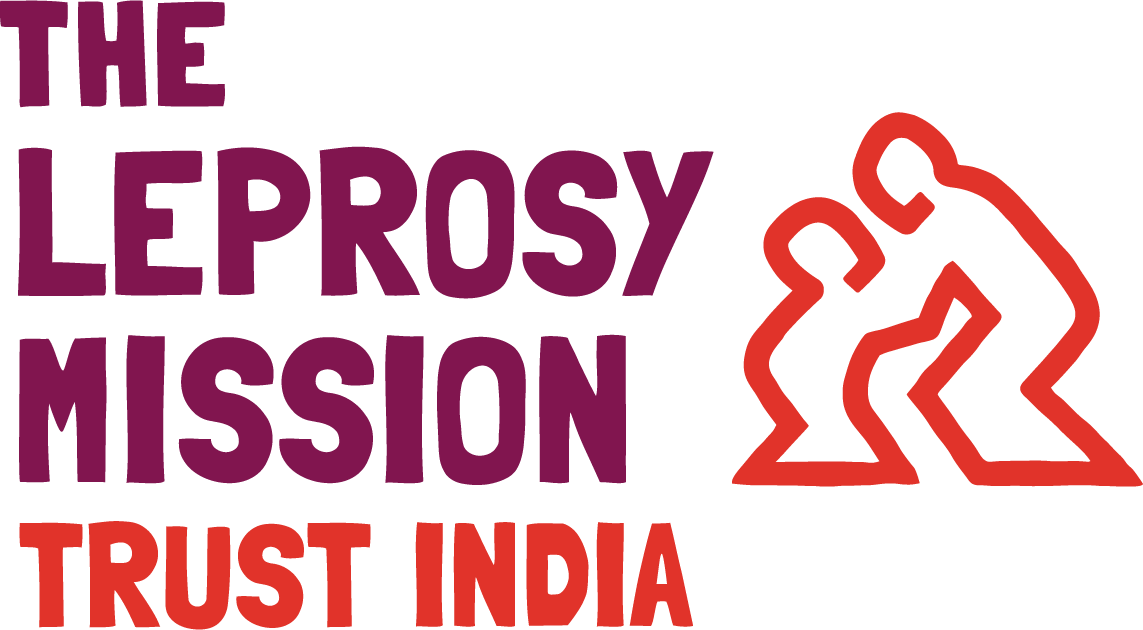
150 years of Hope and Healing
This year, we are commemorating 150 years of The Leprosy Mission. As we mark this milestone, we remind ourselves of the illustrious journey that started way back in 1874 and the roads we have to collectively travel in the future. We thank everyone who has been on this journey, especially our supporters, whose tireless gifts of time, money, and prayers helped us navigate through wars, pandemics, and economic crises.
- 1874: Wellesley Bailey, a young Irish missionary, saw the devastating effects of leprosy in India. Determined to help, he raised awareness and funds. In 1874, with friends’ support, he founded “The Mission to Lepers” to care for those with leprosy in Ambala.
- 1890-1960: The Leprosy Mission (TLM) opened dedicated leprosy hospitals in Naini (1876) Chandah 1886) and Purulia (1888). By the early 20th century, TLM had established over 30 hospitals
- 1960: Dr. Paul Brand, a pioneer in leprosy treatment, revolutionised leprosy treatment in the 1960s by performing tendon transfer surgery to restore hand and foot function, reversing deformities caused by leprosy
- 1979: The Leprosy Mission started vocational training programs in 1979, by establishing Nashik’s first vocational training center
- 1980s: Training Centres and Community-based Rehabilitation: TLM began building expertise by training external stakeholders in leprosy care and prevention in the 1990s while also starting community rehabilitation programs to reach those in need. Salur, Miraj, Purulia and Naini were among the first to introduce training in clinical leprosy, prevention and management of disability.
- 1982: The World Health Organization introduced multi-drug therapy (MDT) as an effective treatment for leprosy in 1981. The Leprosy Mission hospital in Miraj, was among the first health care facilities in India to introduce this treatment to patients with leprosy.
- 1994: The Leprosy Mission’s Stanley Browne Research Laboratory, founded in 1994, was the first dedicated research center (originally established in Miraj), with a focus on leprosy transmission and drug resistance surveillance.
- 2024: TLM has 15 hospitals, one clinic, four elder care facilities, six VTCs, a research lab and several community projects spread across 9 states.

